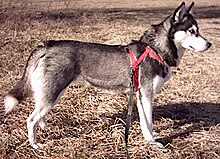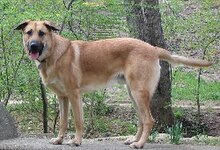
Majestic and powerful, the Alaskan Malamute stands as a testament to endurance and strength in the canine world. Originally bred by the Mahlemiut Inuit of Alaska, these dogs were designed for their ability to haul heavy freight across vast icy expanses, a role that emphasized both stamina and resilience. With a thick, double coat and a wolf-like appearance, Malamutes exude a wild beauty, yet their disposition is affable and playful. While they can be independent thinkers, their loyalty and affection for their human companions make them both formidable workmates and cherished family members.
The Alaskan Malamute is a member of the AKC Working Group.
Breed Characteristics
| Dog Breed | Alaskan Malamute |
| Breed Popularity (AKC) | 67 |
| Country of Origin | United States (Alaska) |
| Personality | Friendly |
| Life Expectancy | 10-14 yrs |
| Height | 23-25 in |
| Weight | 75-85 lbs |
| Color | Black, White, Gray |
| Coat | Thick, a double coat, with plush undercoat |
| Shedding | Seasonal |
| Grooming | 2-3 Times a Week Brushing |
| Health Problems | Hip dysplasia |
| Trainability | Independent |
| Exercise Needs | Energetic |
Alaskan Malamute History
Developed by the Mahlemut tribe of Alaska’s Norton Sound region, the Alaskan Malamute is one of the oldest Arctic sled dogs. Bred to haul heavy freight over long distances, these dogs played a crucial role in the tribe’s nomadic lifestyle. Known for their strength, endurance, and ability to withstand the harsh Alaskan climate, Malamutes were later utilized during gold rushes and polar expeditions.
Temperament
Alaskan Malamutes are powerful and endurance-driven, originally bred for their strength to haul heavy freight. They are intelligent and independent, which can sometimes challenge training efforts. Their behavior is generally friendly, but they have a strong prey drive. They have a high energy level and require significant exercise. Early socialization is essential, especially around smaller animals. Their barking tendencies are low, but they’re known for their unique ‘talking’ vocalizations.
Remember, while breed traits provide a general idea, individual dogs can have personalities that differ from the breed standard. Always spend time getting to know the dog and ensure their needs and temperament align with your lifestyle.
Grooming Requirements
Alaskan Malamutes have a thick, double coat that requires frequent brushing to manage shedding and distribute skin oils. Bathing with a suitable dog shampoo can help maintain the health and texture of their coat. Regular grooming essentials, including nail trimming, ear checks, and dental care, are crucial.
Alaskan Malamute Health
Alaskan Malamutes, with a lifespan of 10-14 years, need to be monitored for conditions like hip dysplasia. Regular health checks, vaccinations, and flea prevention are a must. A balanced diet of high-quality dog food is essential to maintain their energy levels and health.
Exercise Needs
Alaskan Malamutes are powerful and endurance-oriented. Vigorous exercise, regular long walks, and play sessions, especially in the snow, are essential. Dog park visits can offer playtime, but their dominant nature means interactions should be observed. Bonding through structured activities and sled-pulling games is ideal.
Training
Alaskan Malamutes, revered for their strength and Arctic heritage, thrive under consistent obedience training. Commands, especially recall, aid in potty training and maintaining control during outdoor activities. Crate training offers a calm space post-exertion. Addressing behavior problems related to their independent nature is key. Regular socialization ensures they’re sociable and coexist harmoniously with other pets.
Alaskan Malamute Pictures
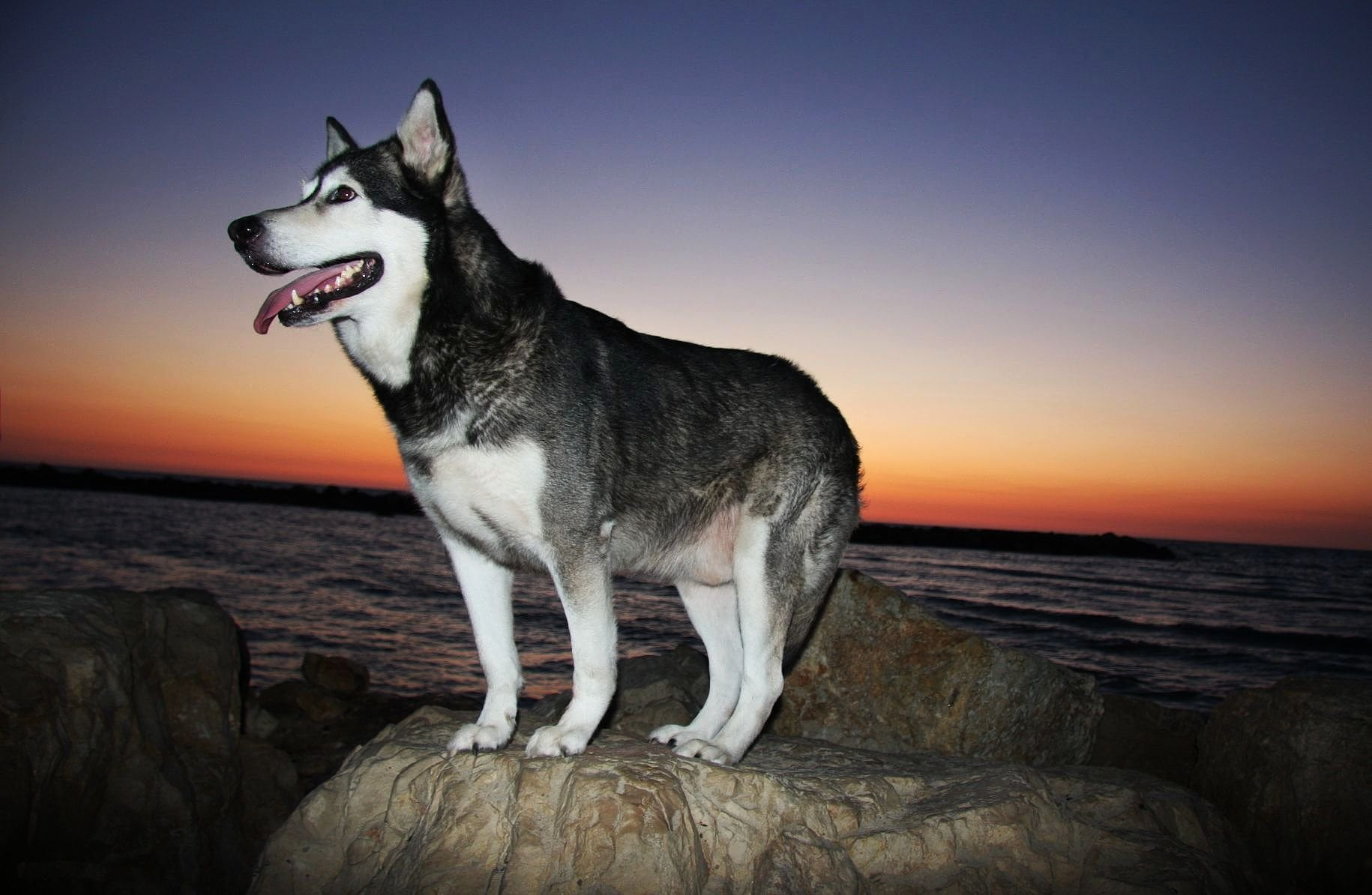
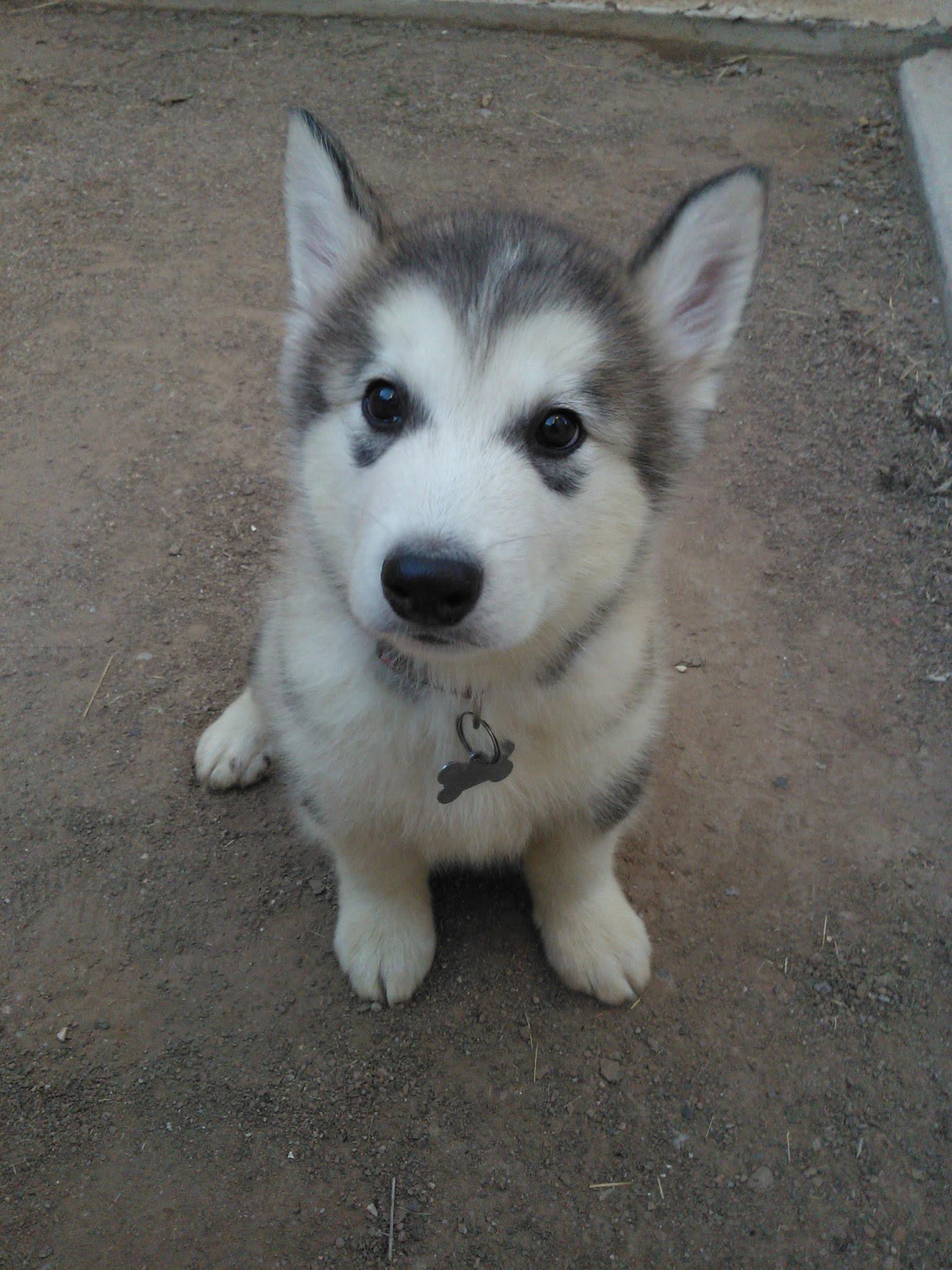
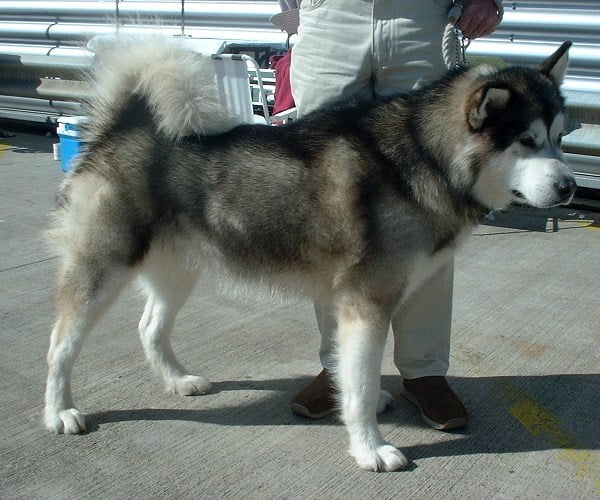
Related Dog Breeds
More Dog Resources
Are you thinking about getting a puppy? Make sure to check out our list of important questions to ask before you adopt a puppy.
We also have many resources to help, from naming your puppy to socialization resources and training tips.
Take me back to the Ultimate Guide to Dog Breeds

